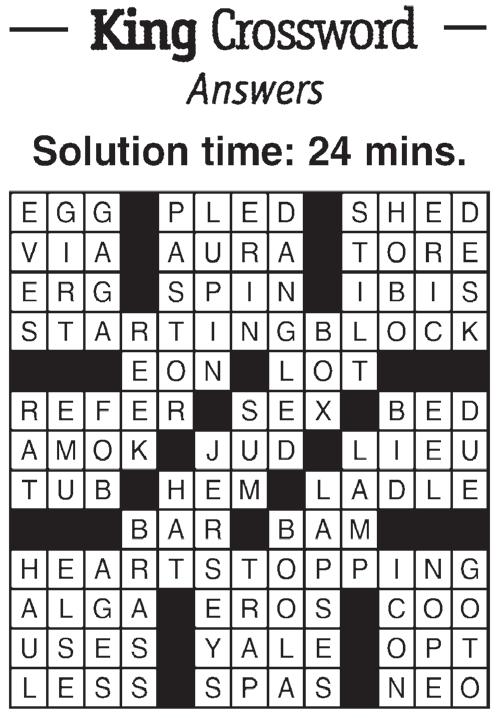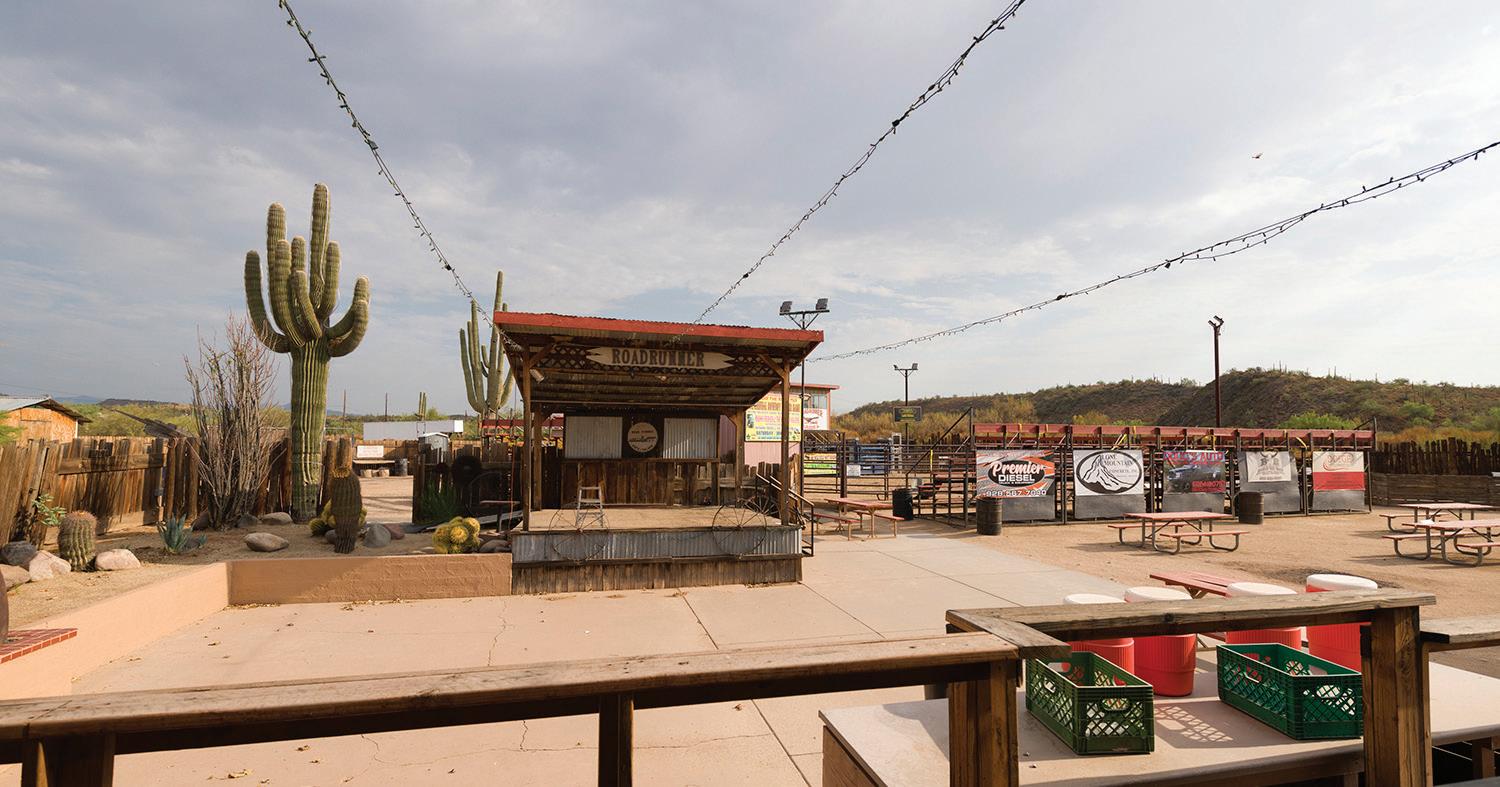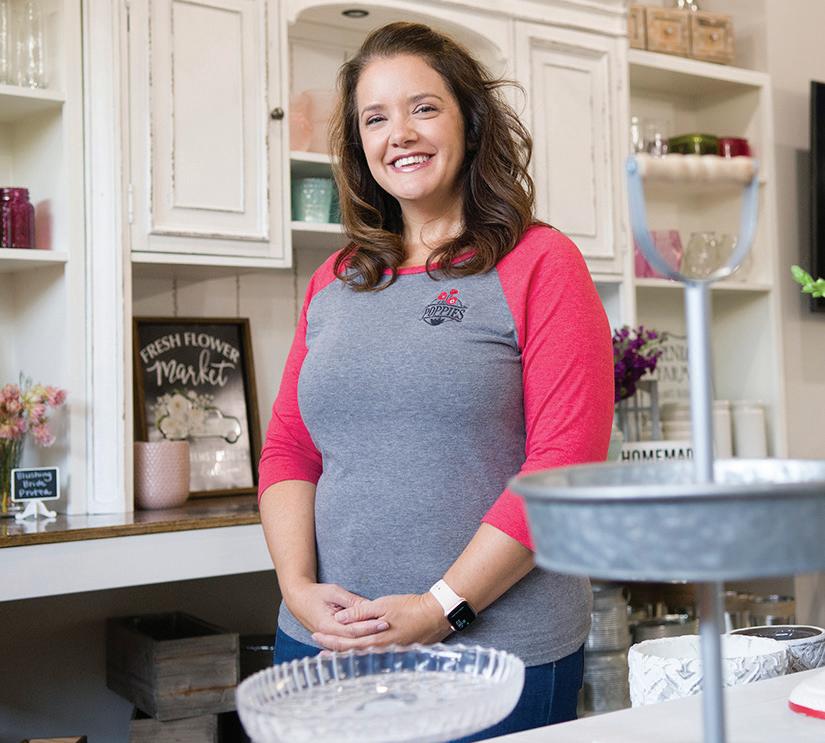
4 minute read
Big Kid Book Club
Driving Success Dylan Harvey almost lost his dream of repairing race cars By Christina Fuoco-Karasinski
Dylan Harvey dreamed of working as a pit crew member and repairing race cars as a youngster.
When he was 17, however, that career choice almost took a detour.
“I was on my way to school (AAEC Paradise Valley) on my motorcycle, and it’s believed the truck in the left-hand turn lane pulled into the left lane and I rear ended him,” says Harvey, a North Phoenix resident.
“I don’t know the medical terms, but the

shin bone came out of the back of my calf. My arm was broken. It had severe nerve damage. I don’t remember anything from the actual accident at all.”
It turned out Harvey suffered significant injuries and damage to the nerves in his brachial plexus. Left with an arm that was essentially paralyzed, amputation seemed likely.
Fortunately, Harvey’s family connected with Dr. David Adelson, the chief of pediatric neurology at Phoenix Children’s Hospital.
Dylan Harvey spent time as a teen at Universal Technical Institute furthering his education in automotive craftsmanship, after which he moved to North Carolina to attend NASCAR Technical Institute. He now works for a Tempe performance shop that builds race cars. (Photos by Pablo Robles) Adelson, who is skilled in microsurgery, was able to repair Harvey’s nerve injury using Avance Nerve Graft, a human nerve allograft, restoring movement to his arm and the possibility of pursuing a lifelong dream.
The eight-hour procedure involved an offthe-shelf processed human nerve to fill the gap between a nerve to help it regenerate over time.
“The biggest challenge had been he suffered this really bad injury and the arm was not working,” Adelson says.
“He was given a very poor prognosis, and they could have amputated his arm. It’s important to get these children and adults referred early (to specialists). This gives us the best opportunity to try and intervene and see if we can improve their overall function.”
About seven months later, movement started to return to his arm. It was useable after a year and a half.
“It was two years before I was lifting a bag of groceries or a jug of milk,” Harvey says.
The work continues
Harvey was determined to live his dream. He went to physical therapy, sometimes twice a day, for two years. He admits that a year into
it, he started to lose motivation.
“I was thinking about the bad side of it—what if it doesn’t come back?” he recalls. “How was I going to cope with that? I had a drive, though, to not be like that. I had a lot of people around me saying it was pos- sible to recover. I held on to that as hard as I could.”
It worked. The teen spent time at Universal Techni- cal Institute furthering his education in automotive craftmanship, then moved to North Carolina to at- tend NASCAR Technical Institute. He’s now able to lift heavy weights, replace tires and be the jackman on a pit crew.
“Ultimately, I wanted to come back to Arizona,” he says. “I did work for a couple teams.”
Harvey now works for a Tempe performance shop that builds race cars.
“I love it here,” he says. “Business is going great, and my injuries don’t slow down my work performance. I’ve always wanted to do this. After the accident, I was concerned. Sometime the things you planned forever for may not be possible simply because you’re unable to do it. That was pretty upsetting.
“I definitely plan on staying at the place I’m at now. I really like it here. I do exactly what I trained for.”
He even built cars for the SEMA Show, the premier automotive specialty products trade event that’s held each fall. Set for Las Vegas, this year’s show was can- celed due to the COVID-19 pandemic.
“It’s really spectacular,” he says. “It’s really amaz- ing. I’m very fortunate to be here.”
Harvey says he still lacks the ability to pick up temperature on his left arm.
“If something hot touches me, it takes significantly longer for the arm to register that it’s touching me,” he says. “The strength is a little bit lower than my right arm. I try not to work out my right arm. I don’t want to put off the appearance that one side is larger than the other.”
Harvey admits, though, he does miss riding mo- torcycles.
“It’s extra hard when you believe you’re never going to go down,” he says. “You believe you’re the best and then you wake up in a hospital room. It just sucks.”
Adelson says he’s proud of Harvey’s hard work and his ability to realize his dream.
“Dylan is very fortunate in a number of ways,” he says. “He healed great. He really jumped right into his therapy, which contributed to his good outcome. His enthusiasm and his optimism and his great work ethic contributed as well.
“We have wonderful success in the right patients in the right situations a lot, but this is really a tribute to him and his family for their hard work and being able to really achieve this nice outcome.”
When Dylan Harvey was 17, he suffered significant injuries and damage to the nerves in his brachial plexus, leaving his arm essentially paralyzed and amputation likely. Luckily, a doctor skilled in microsurgery was able to repair his nerve injury.











